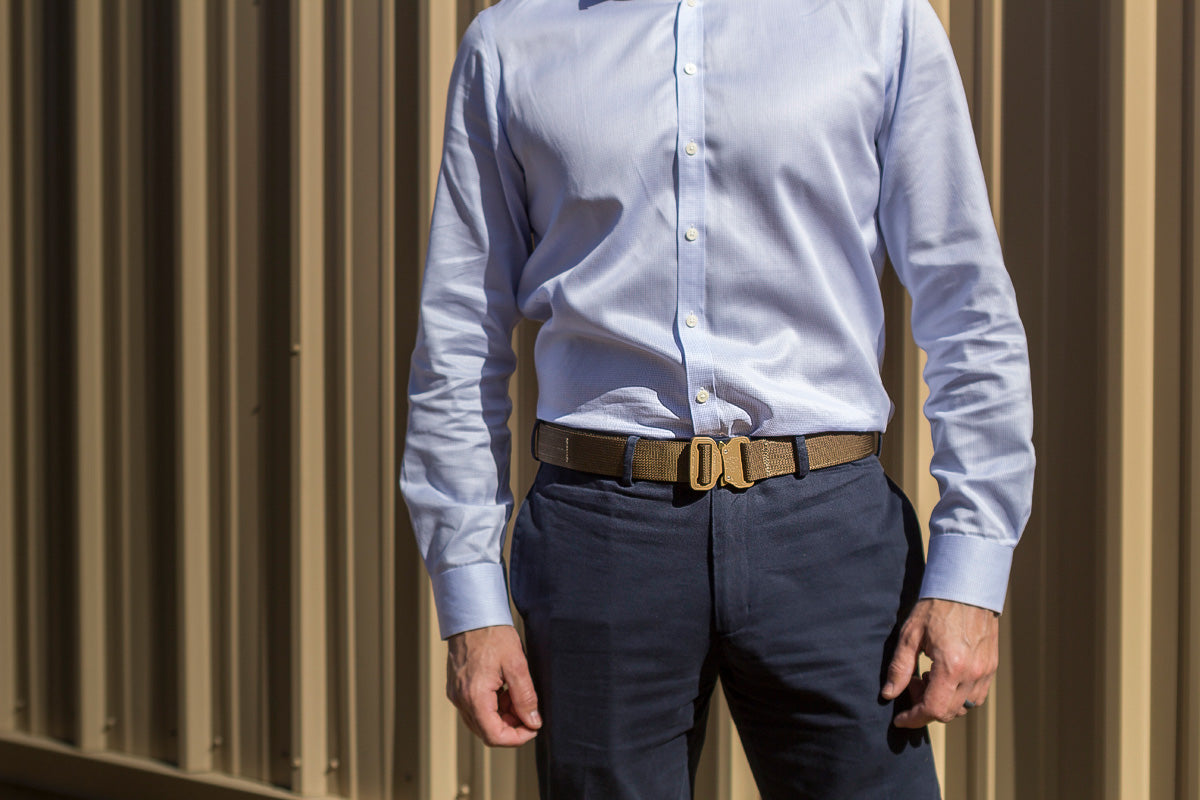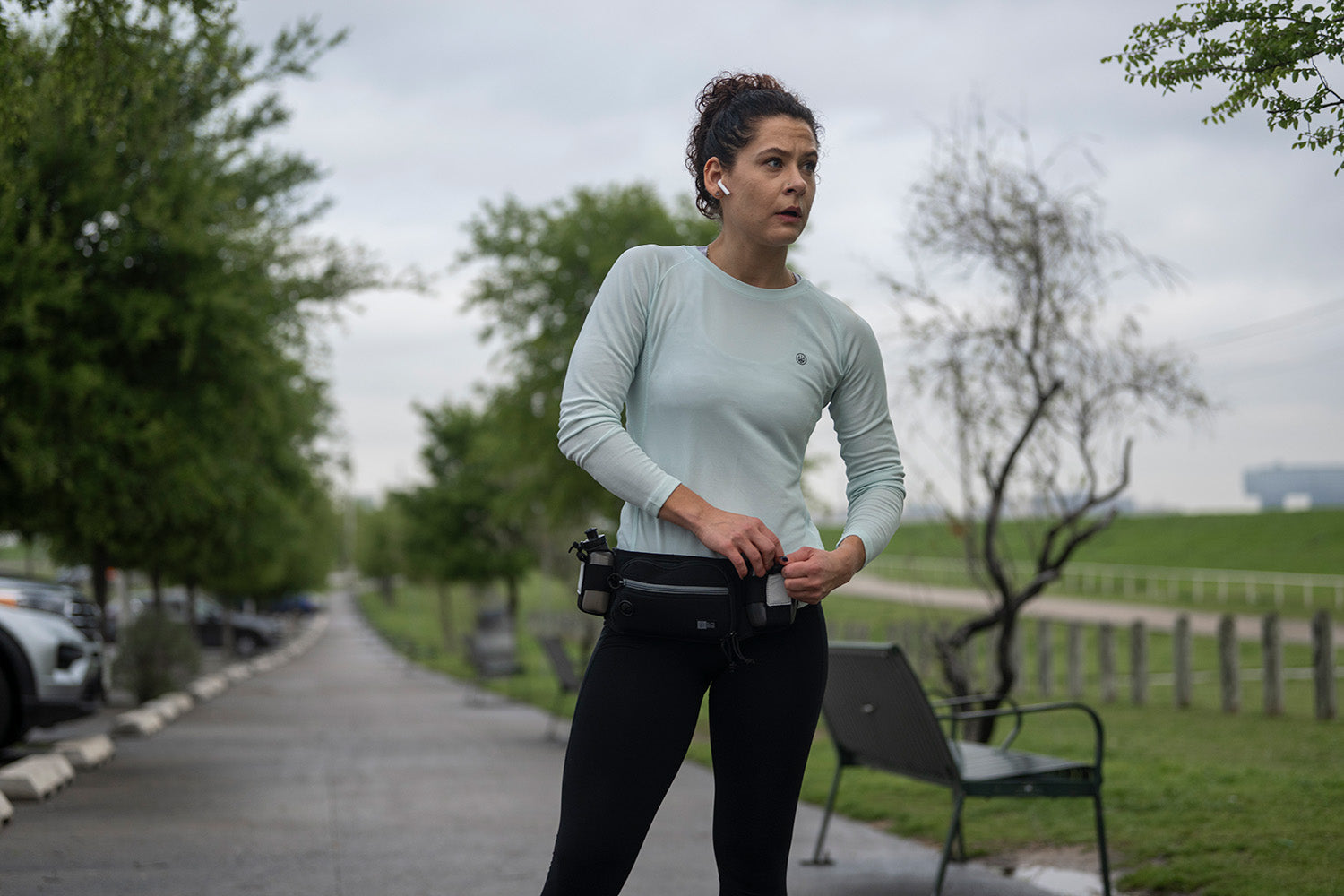Gun owners routinely debate the merits of concealed vs. open carry for self-defense. Concealed carry involves carrying a firearm on or near your body but out of sight. On the other hand, open carry is when you have your gun with you and other people can see it. Read on to learn about the more nuanced differences between concealed and open carry, so you can choose your preferred carry method.
Impression on Other People
When you carry a concealed weapon, you do what you can to minimize the chance that other people will detect your weapon. Therefore, beyond keeping the gun out of sight, people who conceal carry often try to limit printing. Printing is when people can see the outline of your weapon, such as when it’s pressed against your shirt fabric.
A completely concealed weapon doesn’t affect how other people interact with you because they’re unaware you’re carrying it. Many people believe that total concealment gives you a tactical advantage in self-defense scenarios: the element of surprise.
On the other hand, when you open carry, it’s obvious that you have a firearm on your person. Some contend that other people seeing your gun deters would-be criminal behavior and helps boost the reputation of responsible gun owners. Others say a visible firearm makes you a high-priority target for violent crimes and reduces your tactical advantage over opponents.
Gun Accessibility
How quickly you can reach your gun and draw it from its holster affects your overall response time. In general, you should be able to draw an open-carry gun faster than a concealed one. However, you can do many things to increase the efficiency of drawing a concealed weapon.
For one, carry your concealed weapon in a position you can comfortably and quickly reach. For many people, waistband carry facilitates the fastest draw. Your holster should be sturdy and stable, so you don’t fumble when drawing and holstering.
You should also become proficient at clearing your cover garment. When you train with your firearm, practice efficiently sweeping your clothes well behind the handgun. The style of your cover garment and the weight of the fabric will affect how quickly you can move it out of the way. Keep this in mind when you’re training to speed up your reaction time.
Comfort
Feeling physically and psychologically comfortable carrying your weapon makes you more responsible and prepared for a self-defense event. If your firearm gives you physical discomfort, you are unlikely to wear it every day, which impairs your preparedness.
Likewise, if you continue to carry your weapon but it feels uncomfortable, you’re more likely to touch it repeatedly throughout the day to adjust it. Fidgeting with a firearm increases the chance of unintended discharge. And if you’re carrying concealed, the fidgeting will also bring attention to your gun.
For these reasons, most people find open carry more comfortable. But like with every consideration when it comes to carrying a weapon, you have many factors you can control to make concealed carry more comfortable. Getting an appropriately sized gun, using a quality holster, experimenting with carry positions, and wearing comfortable clothes are some ways to make concealed carry easier to sustain for long periods.
Lastly, both concealed and open carriers can feel concerned when they first start carrying. The best way to reduce trepidation and feel more confident is to train with your firearm and gear as much as possible. Intentional training exercises will build familiarity with your setup and boost your comfort.
Holster Types
Some holsters lend themselves more to open carry techniques and others to concealed carry techniques. For example, outside-the-waistband (OWB) holsters, drop leg holsters, and chest holsters are better suited for open carry. Inside-the-waistband (IWB) holsters and ankle holsters are popular concealed carry holsters.
Ultimately, whether a holster is for concealed or open carry depends on its visibility. So always consider your clothing too. Ankle holsters are popular with people who spend a lot of time seated, such as in a car or at a desk. It’s easy to conceal an ankle holster with long, loose pant legs, but if you’re wearing shorts . . . well, that’s a different picture.
For all-weather concealed carry, IWB holsters are the best bet. However, many people use OWB holsters to carry concealed during cold weather when they wear heavier, longer cover garments. And sometimes, wearing a heavy suit jacket can conceal a gun in an OWB holster without printing.
Ammunition
Many people carry extra ammunition as an essential part of everyday carry (EDC). Your preferred carry method can influence the amount of spare ammo you have on hand and how you carry it.
Some people opt to carry extra magazines in their pockets. However, magazines can fall to the bottom of deep pockets and become difficult to access, or they can get turned around in the pocket, slowing reload time. Also, if you’re a concealed carrier, pocket ammunition can print, especially if you wear light-color or lightweight fabric.
Other options for carrying spare ammo include using a tactical pouch, a magazine holster, or a holster with a built-in magazine pouch. Some people who carry IWB want a magazine on the waist but don’t want to size up their pants. Depending on the magazine, you can sometimes conceal an OWB mag holster with an untucked shirt, especially if it’s a horizontal holster.
Legal Requirements and Considerations
Legal requirements play an important role in the difference between concealed and open carry. Laws vary between states, so gun owners need to understand the laws regarding both types of carry.
Regarding open carry, there are five categories of laws.
- Permissive open carry
- Permissive open carry with local restrictions
- Licensed open carry
- Anomalous open carry
- Non-permissive open carry
Some states do not require gun owners to have a permit or license to open carry. Other states prohibit open carry or place limits that effectively prohibit open carry. And other states fit somewhere in between.
Currently, all US states allow concealed carry, but it’s important to know the limits and requirements for legal concealed carry. Gun owners might need a license or permit. Many states restrict some people, such as people convicted of felonies, from carrying or owning a gun. Always follow current state and federal laws to ensure lawful compliance.
Boost your preparedness with a CCW holster from Elite Survival Systems. Durable craftsmanship and discreet holster profiles make everyday concealed carry easier and safer. Shop with us today for CCW holsters for all carry positions.

Also in News

The Elite Survival Systems® Mainstay™ IWB Holster: A Perfect Fit for the Sig Sauer P365

What Belt Should You Wear for Concealed Carry?
Your gun belt's fit, material, and rigidity affect how well you carry your firearm. Read to learn more about finding the concealed carry belt you should wear.

5 Clothing Tips for Those Who Have a Concealed Carry License
If you don’t dress correctly for concealed carry, you risk printing or showing your gun. Use these clothing tips to keep your weapon discreet, yet accessible.

